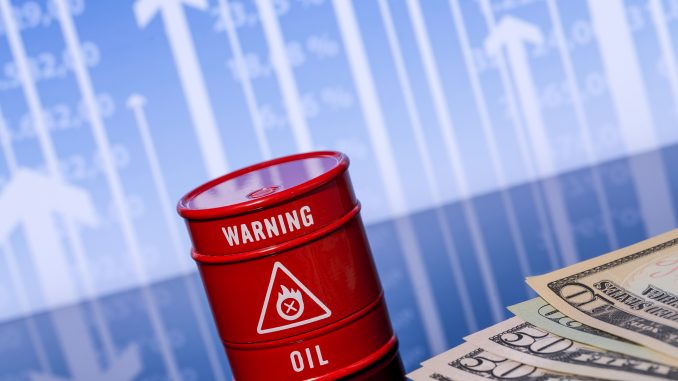
The rise in crude oil prices to a four-year high has increased pressure on major crude oil consumers in emerging markets such as Turkey, India, Indonesia and South Africa, which are already struggling with the current account deficit, currency weakness and rising inflation.
Emerging markets around the world have fallen in recent months due to the strength of the US dollar, the rise in US interest rates and the decline in growth momentum as Turkey and Argentina enter full-fledged currency crises.
At the same time, the price of Brent crude rose above $80 a barrel, thanks in large part to coordinated production cuts by some of the world’s largest oil exporters, in addition to the imminent US sanctions on Iran, a crude oil exporter, which could eliminate more supply from market.
Some analysts now believe that the record prices could return to $100 a barrel for the first time since 2014. But for a number of importers such as India, Turkey and Indonesia, who have all seen their currencies fall to record levels this year, oil is now more priced at $85 a barrel, more expensive than it was in 2008 when the price hit a record of $147 a barrel.
Senior analysts say rising oil prices are increasing the problems of emerging markets, and see high oil prices as bad for major oil importers. They also believe that the rise in oil prices is not an increase in growth, but rather a slowdown in supply, and that this is a bad scenario. The problem is particularly bad for those economies affected by sharp currency depreciation, heavy dependence on dollar-denominated energy imports and external financing flows.
While China, India, Thailand, Turkey, South Africa and Indonesia are the top importers of oil in emerging markets, Thailand has a strong current account surplus and China has only edged to a rare deficit in the first half of the year. However, Turkey, Argentina, India and Indonesia are among the countries with a large current account deficit as a percentage of their GDP.
For many countries the pressure is two-fold: the rise in crude oil imports with rising prices. China, India, Indonesia, Thailand, Turkey and South Africa imported 18% more crude oil in July 2018, the last month with full data available, compared to January 2017.
However, the average cost of oil imports in their own currencies increased by an average of 60% at that time. Analysts are also closely monitoring how another oil shock could affect the import cap in the country and the adequacy of central bank reserves of foreign exchange. As oil prices rise, this will be even further scrutinized.
The consumer spending power across many of these countries will also suffer in contrast to 2008, as many consumers do not have the same fuel subsidies, and central banks should increase their rates to counter inflationary pressures and stabilize their currencies. Meanwhile, the blow to emerging market economies is likely to be severe enough to slow growth in oil demand this year and the next.
All three major oil market forecasting companies – the International Energy Agency, the Energy Information Administration and OPEC – have lowered their estimates of oil demand growth for this year and the next one over the past few days.




Be the first to comment